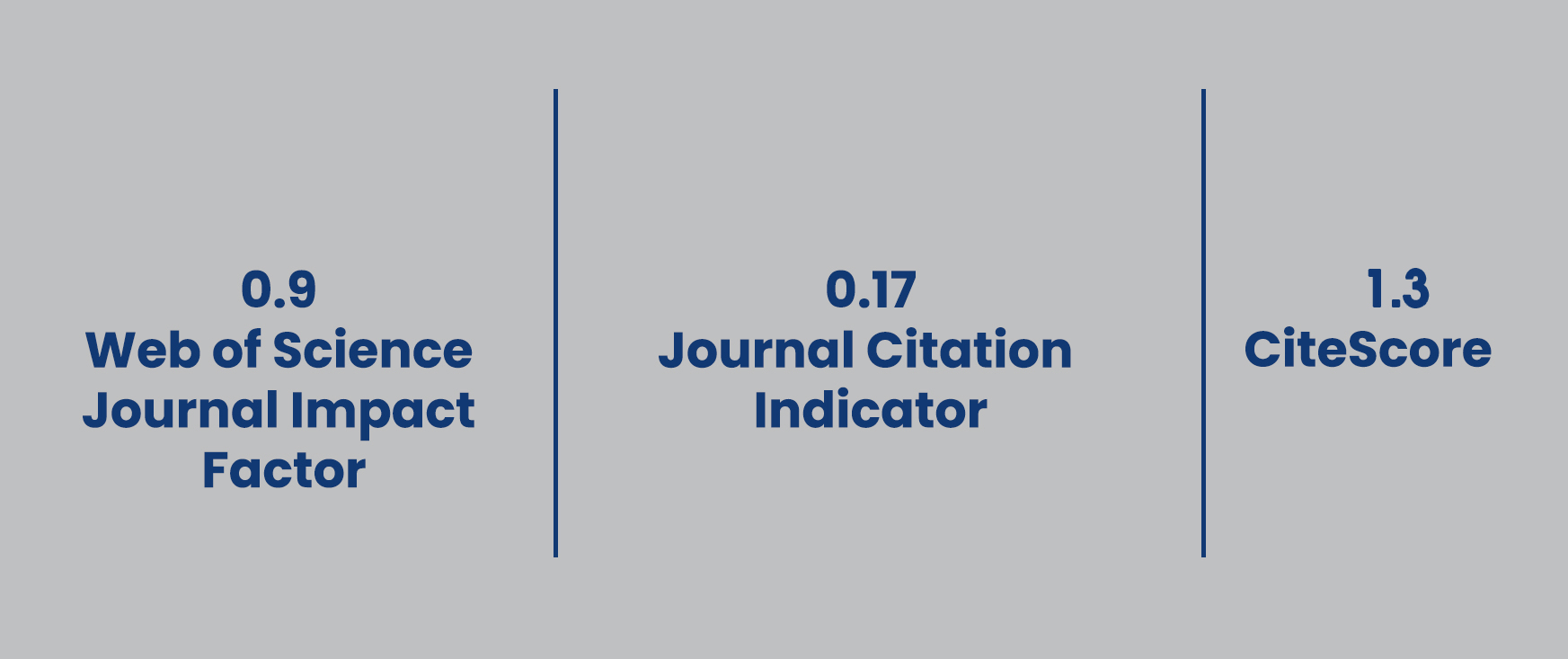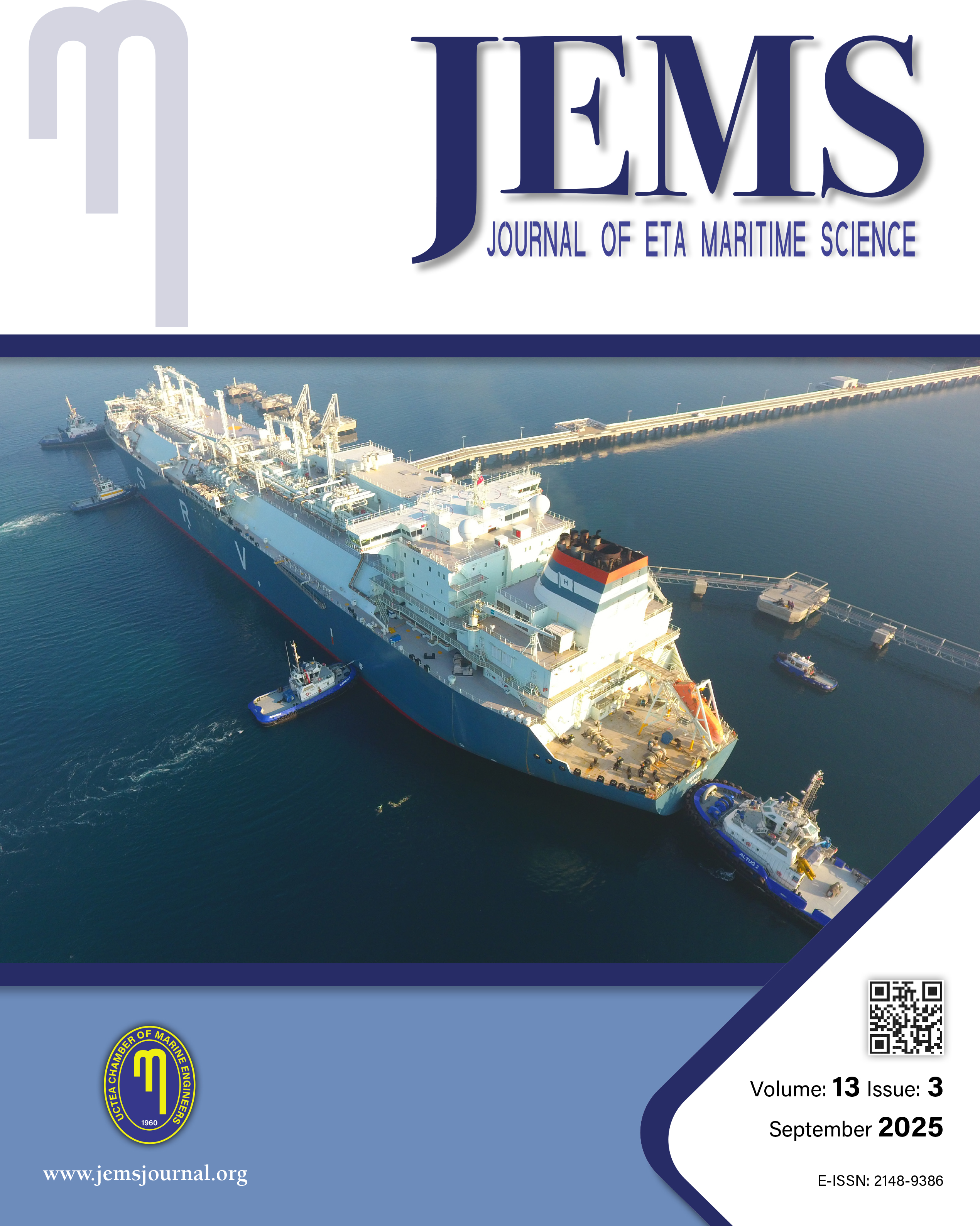

JEMS apply the Creative Commons Attribution NonCommercial 4.0 International Licence to all manuscripts to be published
Assessment of Biofouling and Antifouling Performance on Glass Fiber Reinforced Polymer (GFRP) Hulls
Refik Özyurt, Mehmet CihanOrdu University Fatsa Faculty of Marine Sciences, Department of Naval Architecture and Marine Engineering, Ordu, TürkiyeThis study investigates the early-stage biofouling development on recreational vessel hulls represented with Glass Fiber Reinforced Polymer (GFRP) test panels under natural marine environments. GFRP test panels, both coated with a commercial antifouling product and uncoated, were immersed in the Black Sea for 10 weeks and monitored for biofouling accumulation using Naval Ships Technical Manual (NSTM) fouling ratings. Environmental parameters such as seawater temperature, salinity, and weather conditions were also recorded throughout the immersion. Results showed that uncoated panels reached advanced slime accumulation (NSTM rating 20) within approximately 30-35 days and began developing grass filaments (NSTM rating 30) by day 35-40, the coated panels delayed advanced slime formation until nearly day 70. Fouling progression was then effectively modelled using a logistic growth function, enabling prediction of fouling severity over time. The model supports biofouling prediction under different operational profiles and emphasises the importance of antifouling coatings in mitigating hull degradation. Additional correlations between fouling ratings, equivalent sand roughness (ks), and average coating roughness (Rt50) provide a foundation for assessing hydrodynamic impacts and coating performance in recreational marine applications.
Keywords: Biofouling, GFRP hull, recreational vessels, roughness correlation, antifouling coating efficacyManuscript Language: English
(1420 downloaded)










